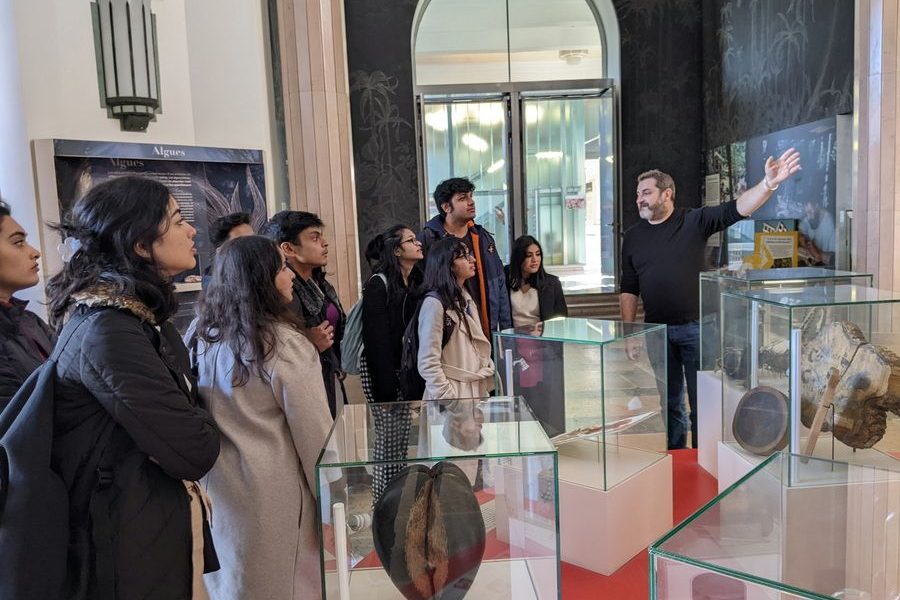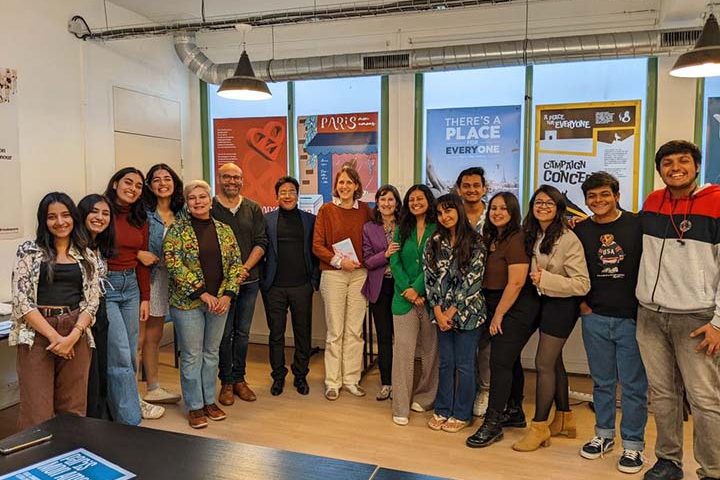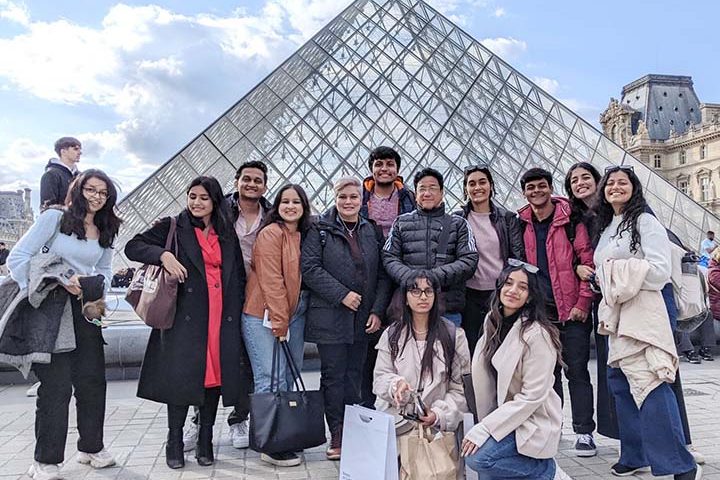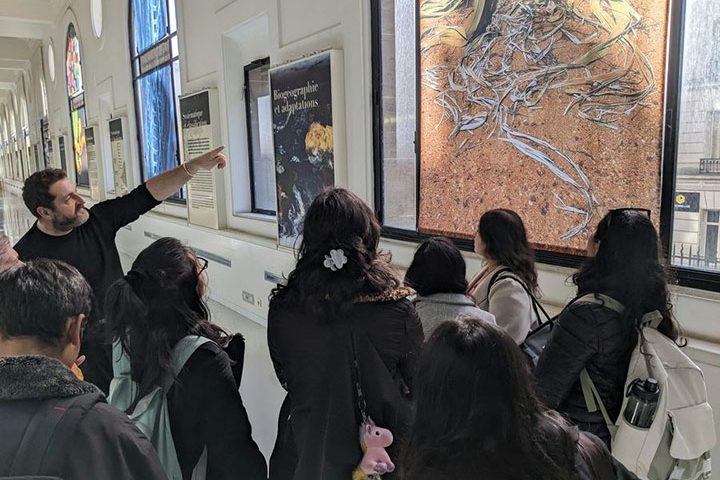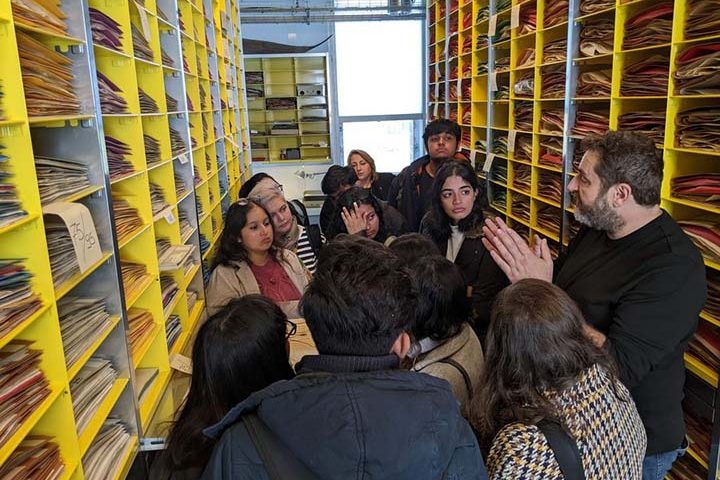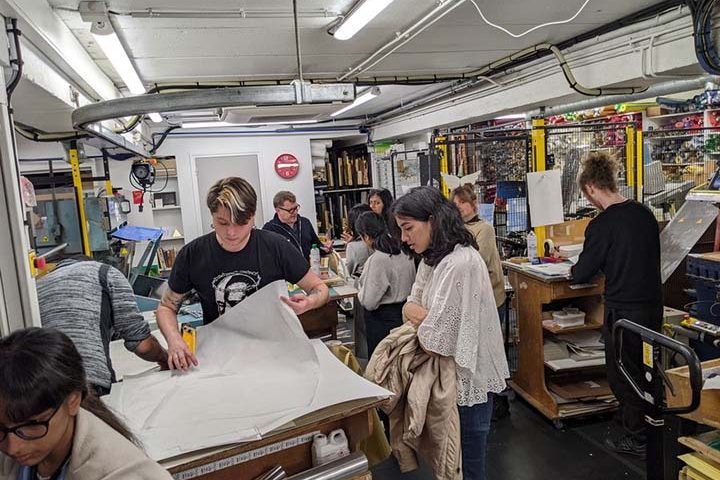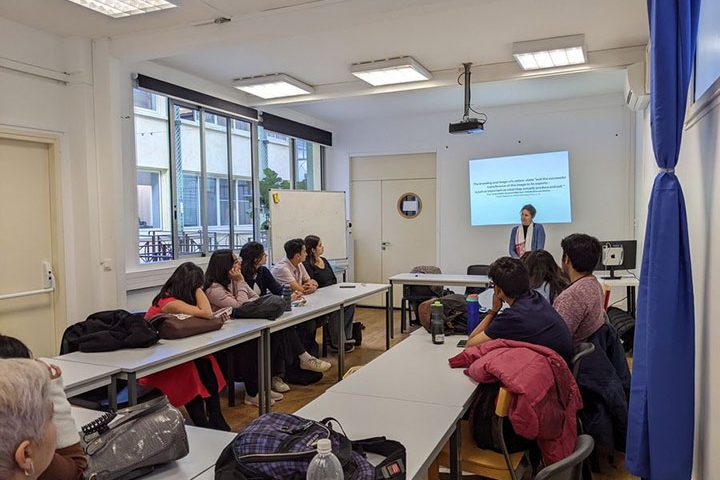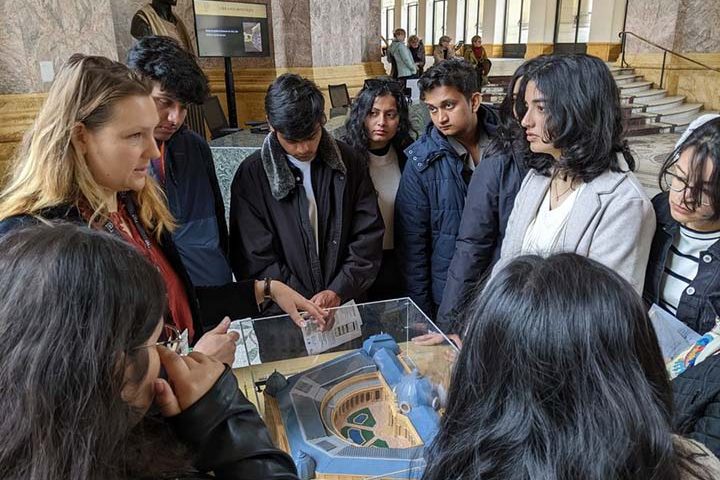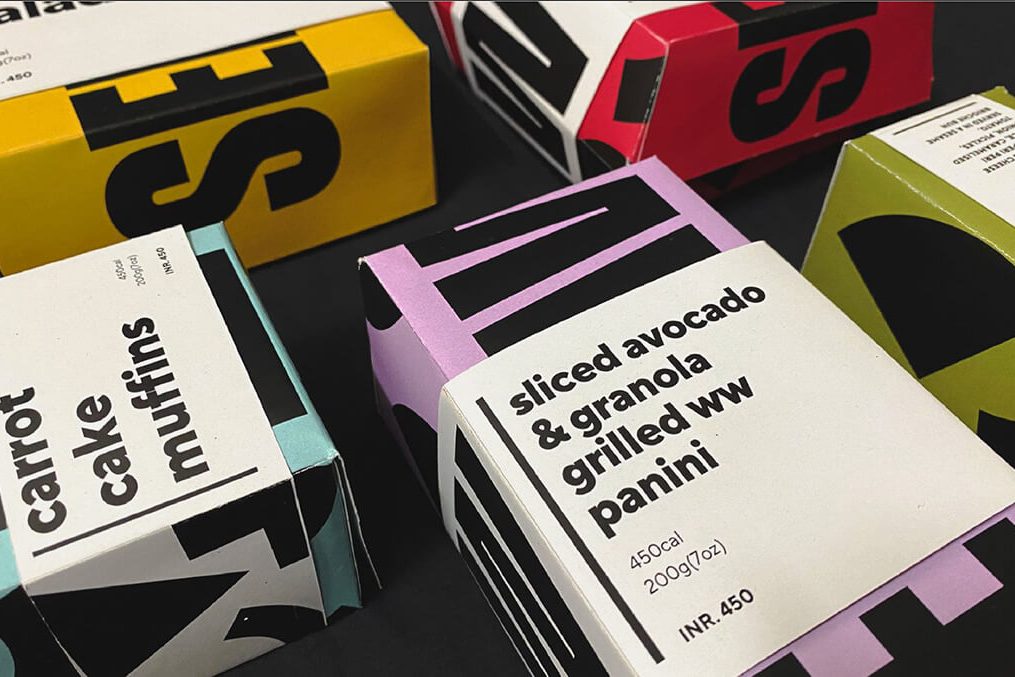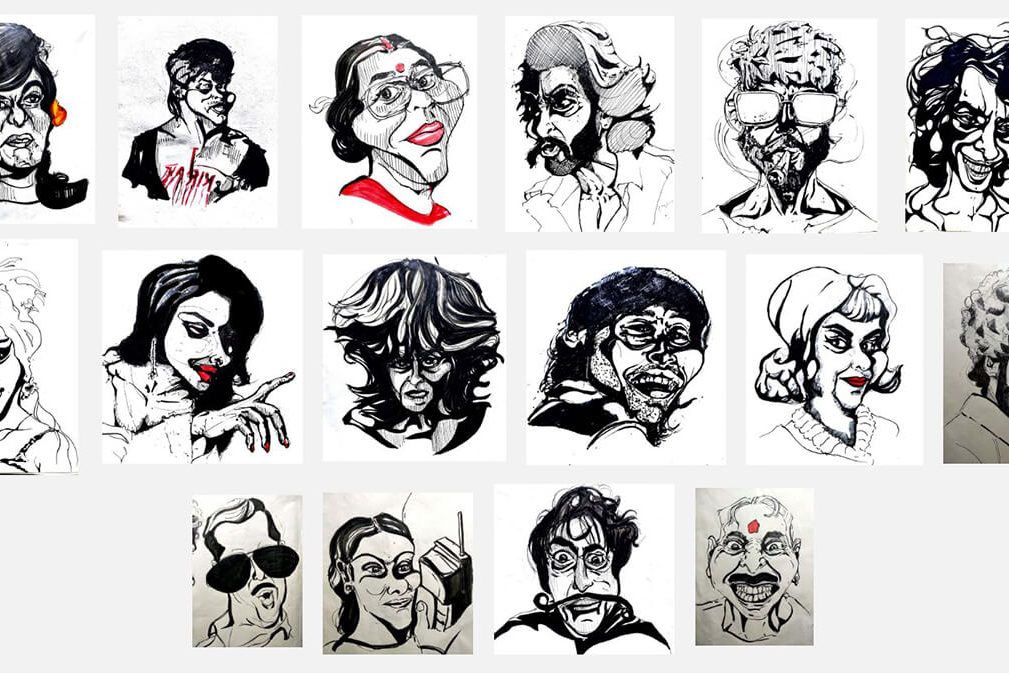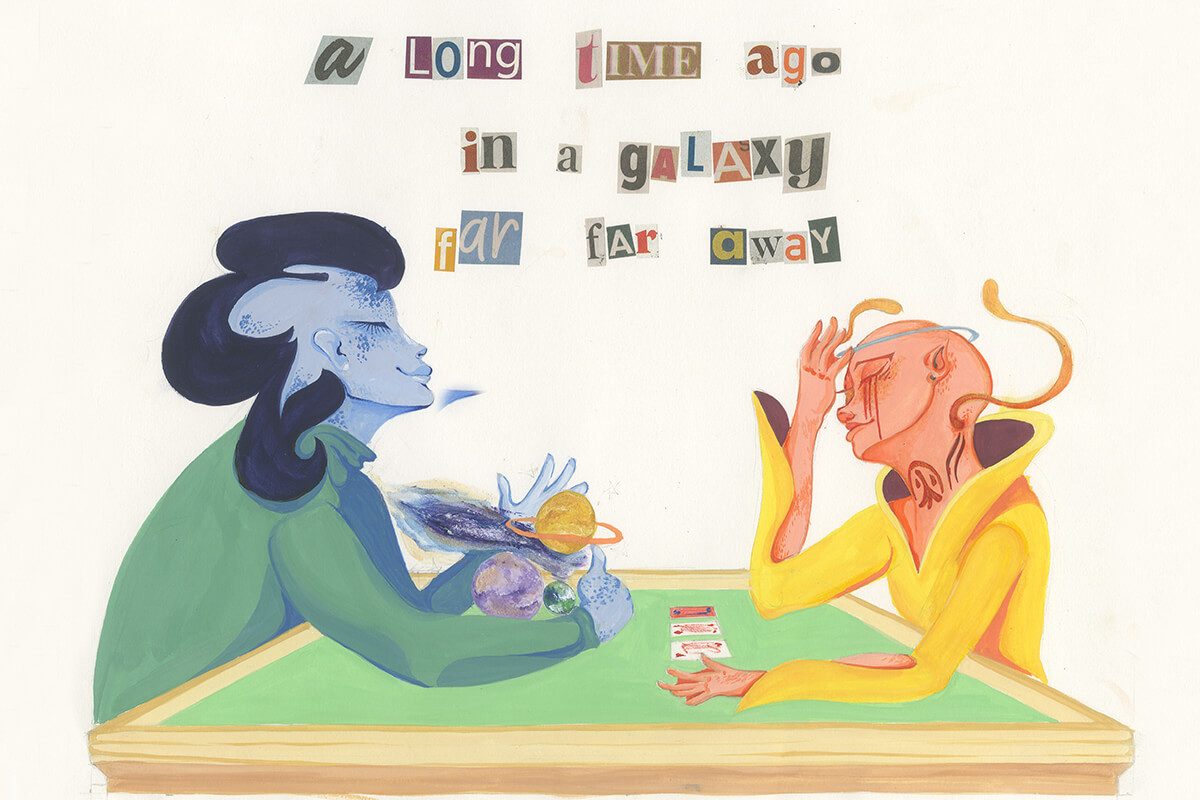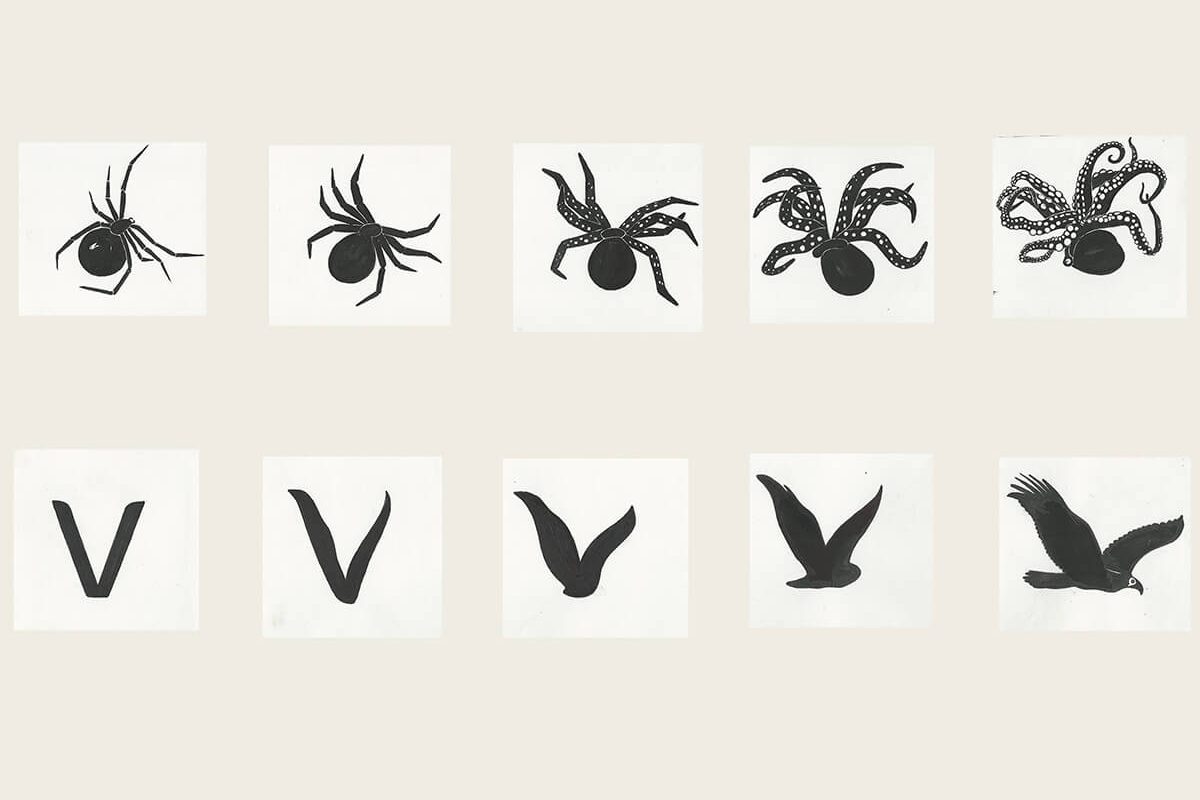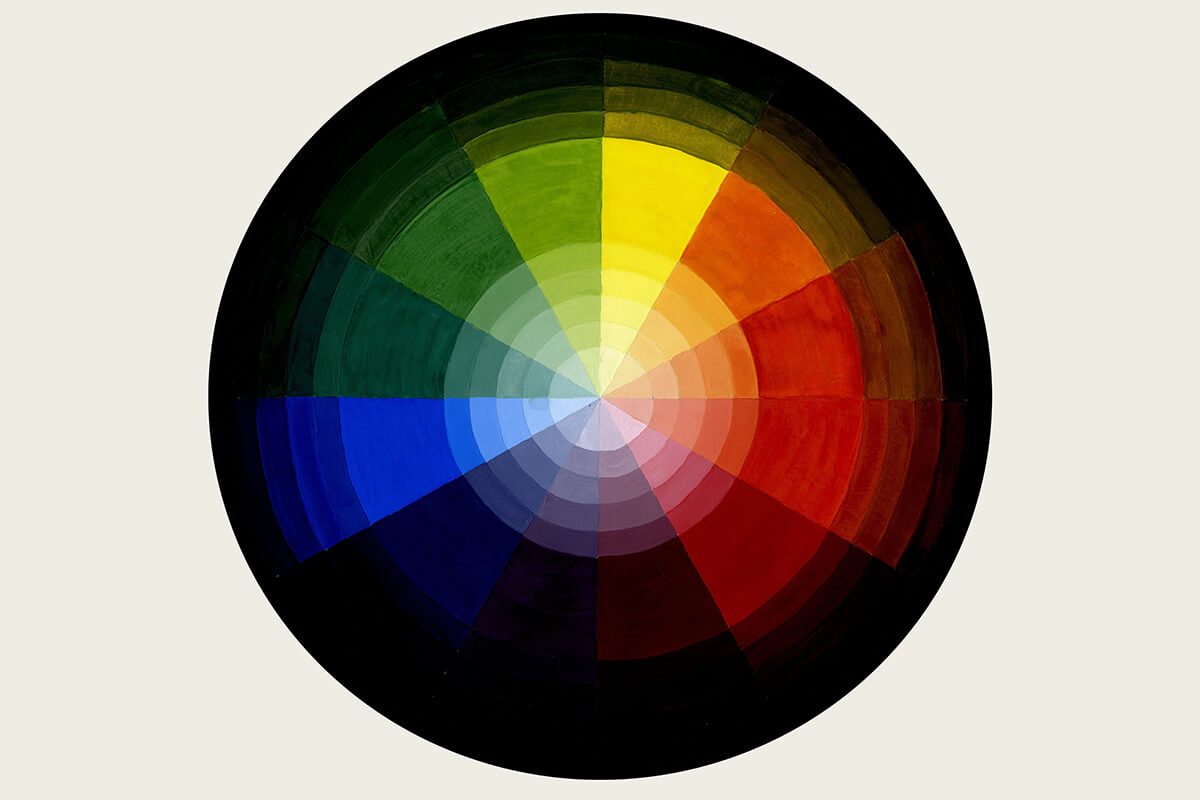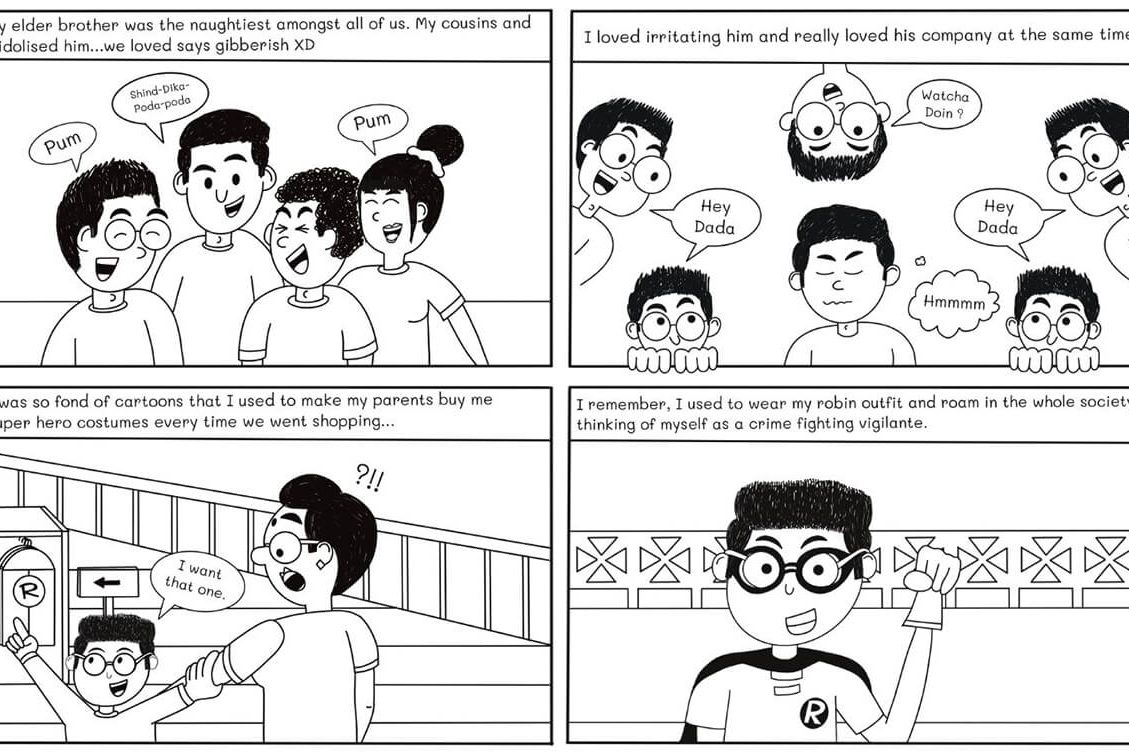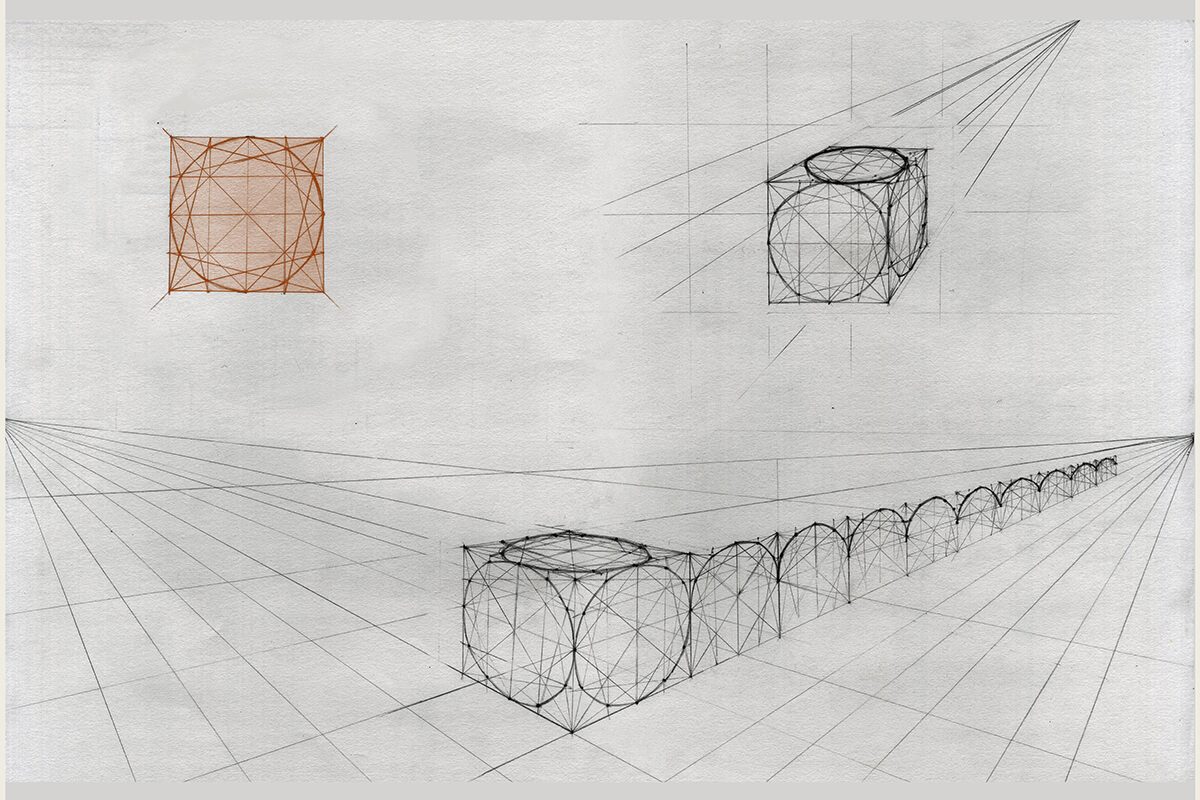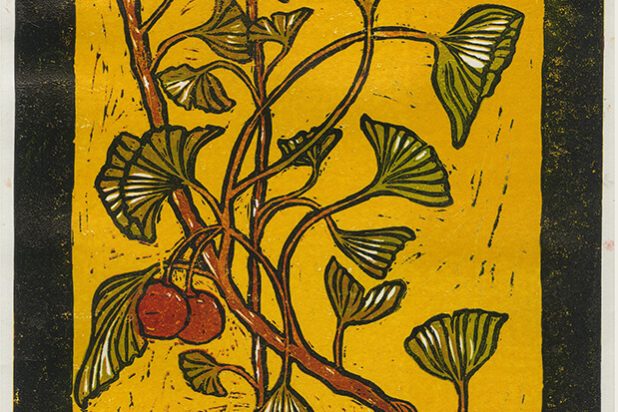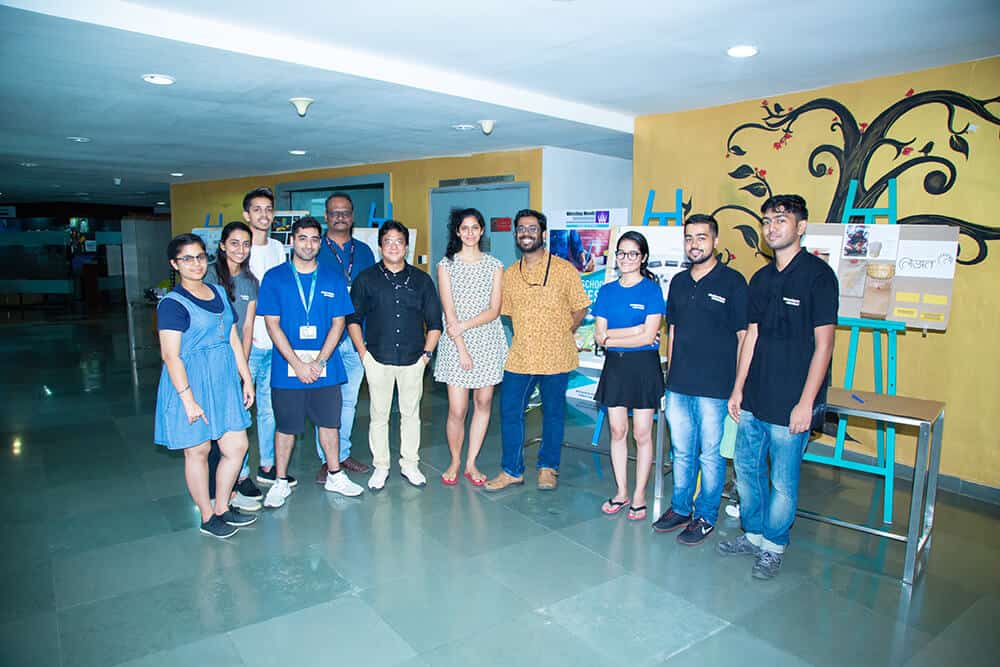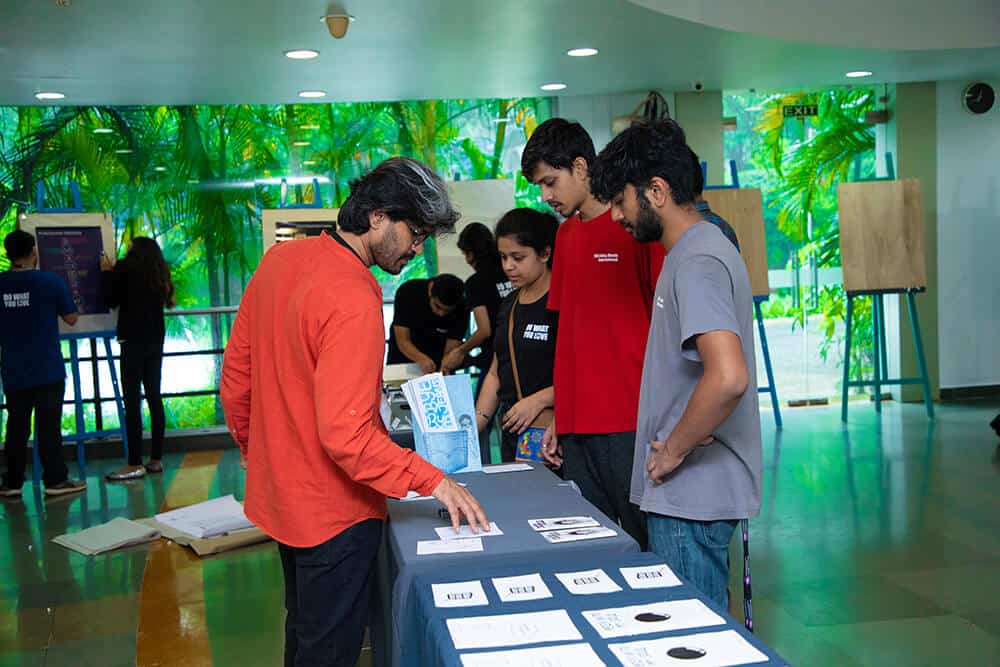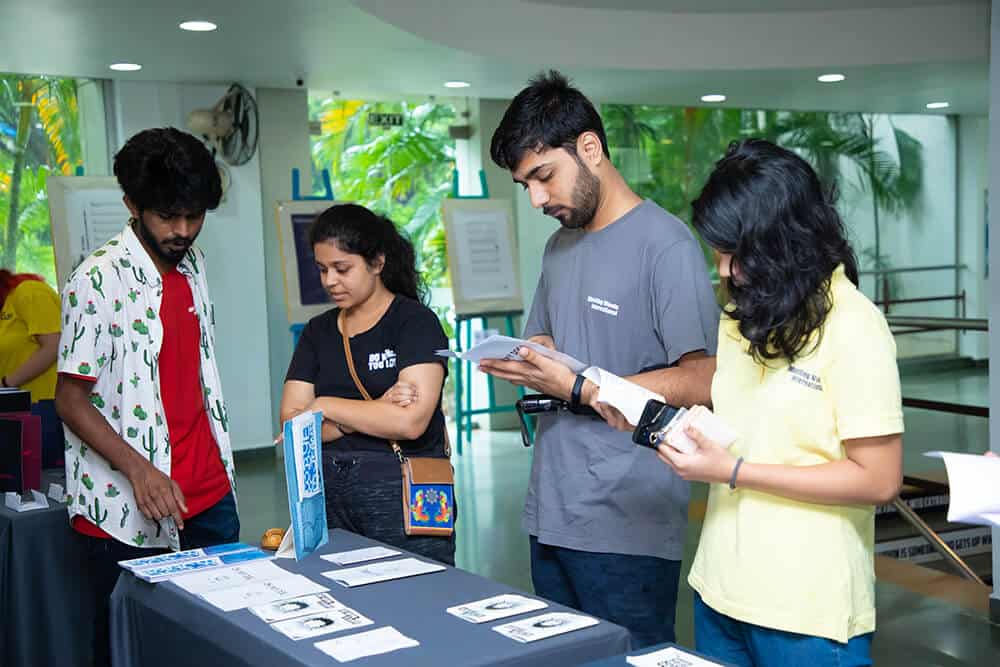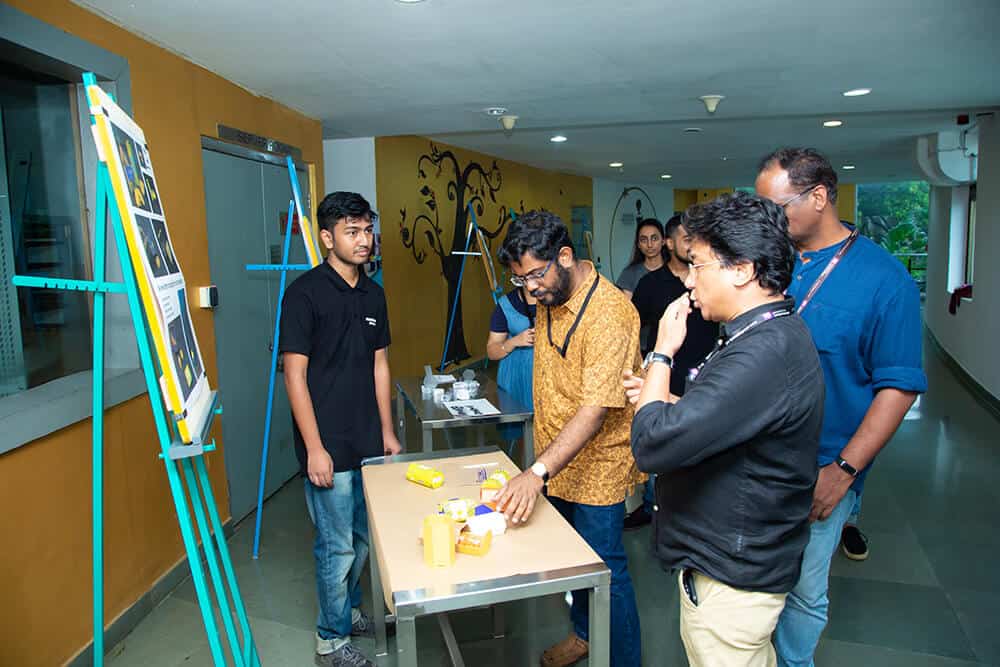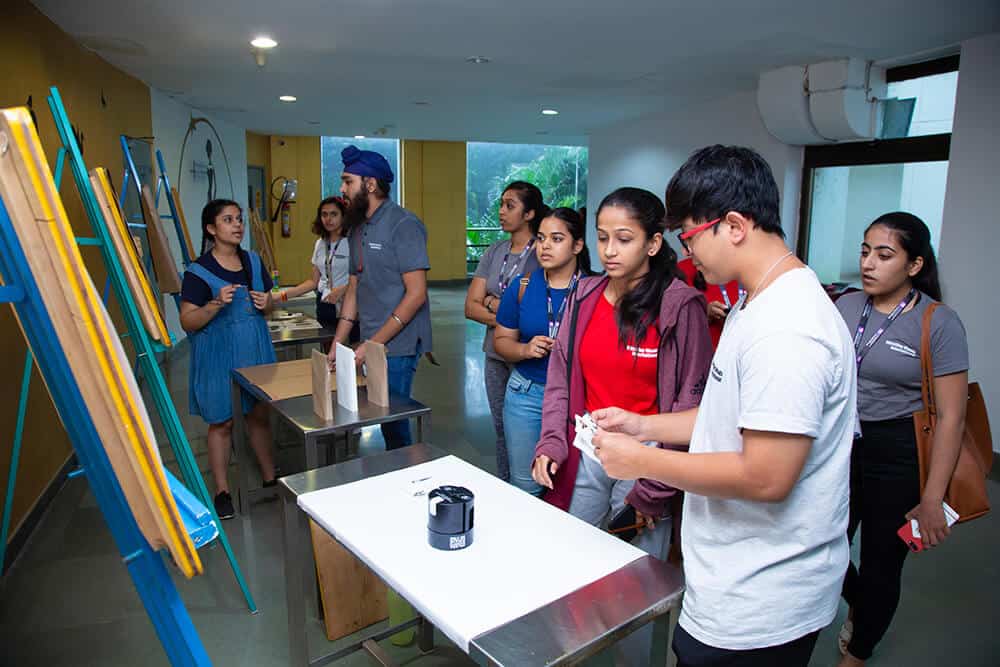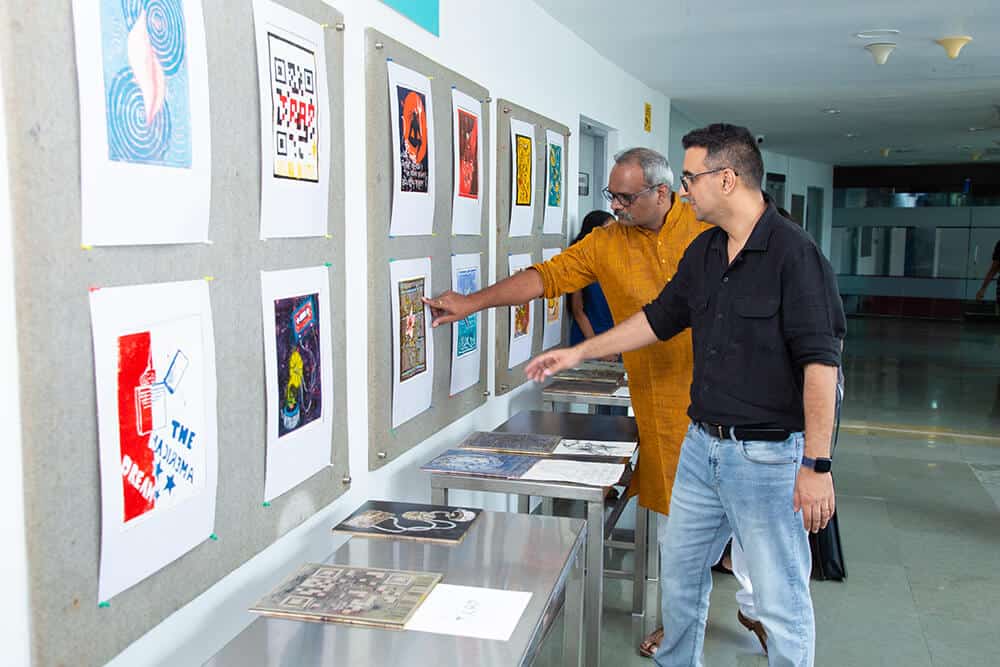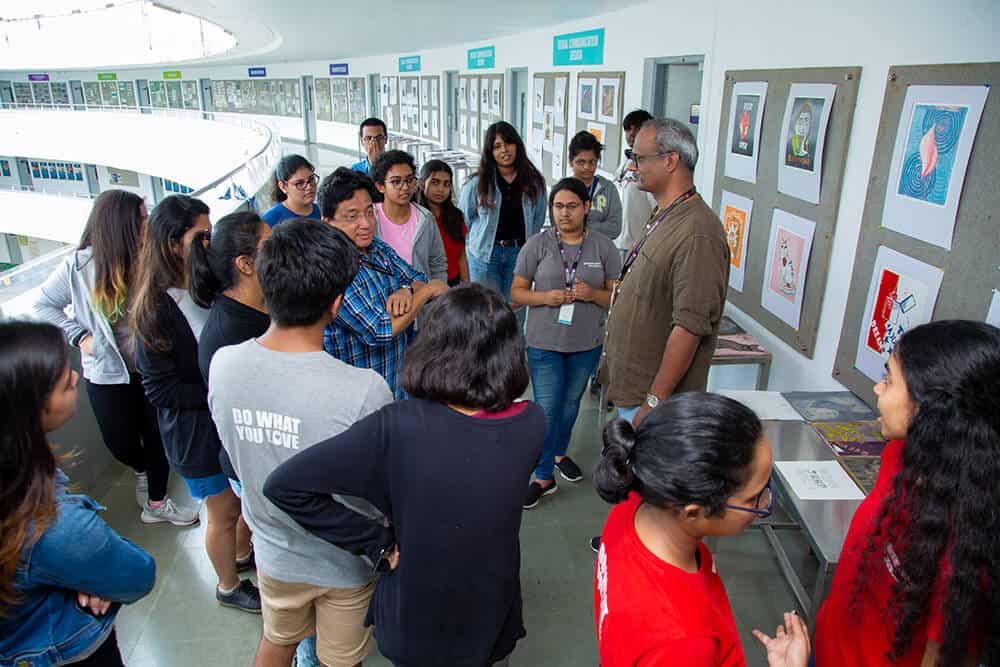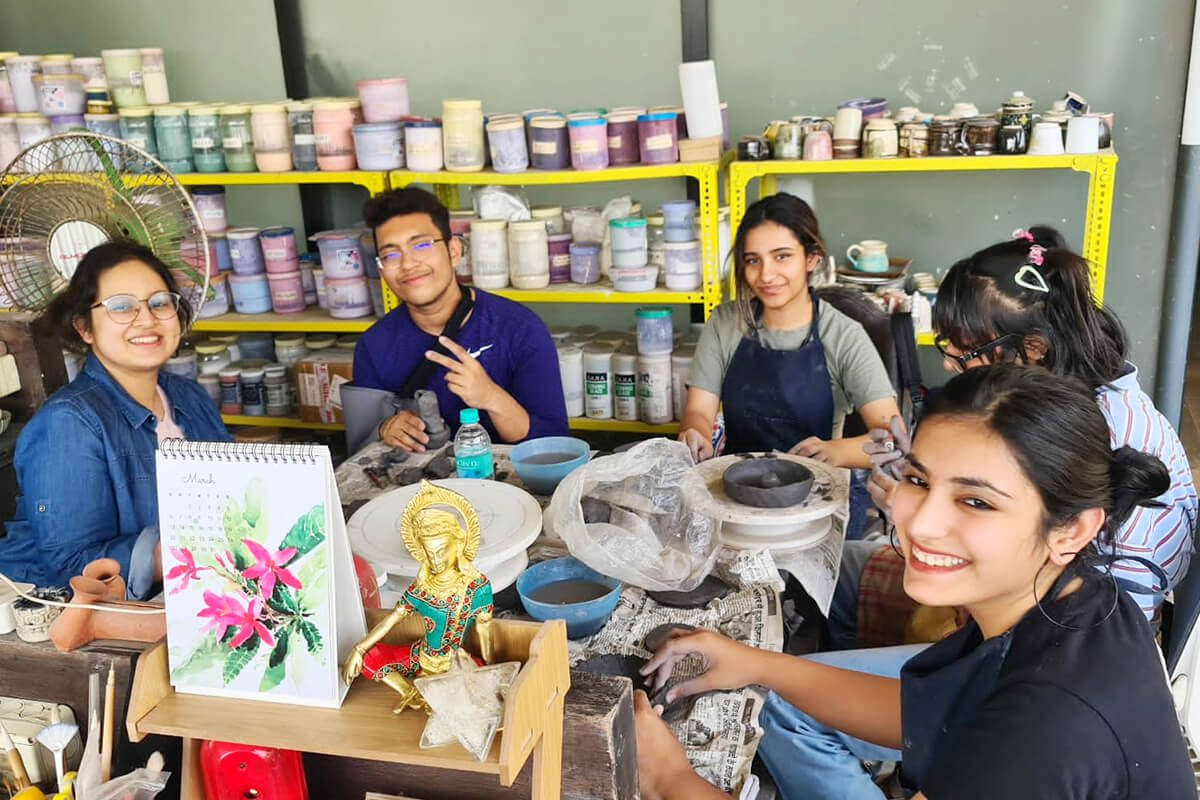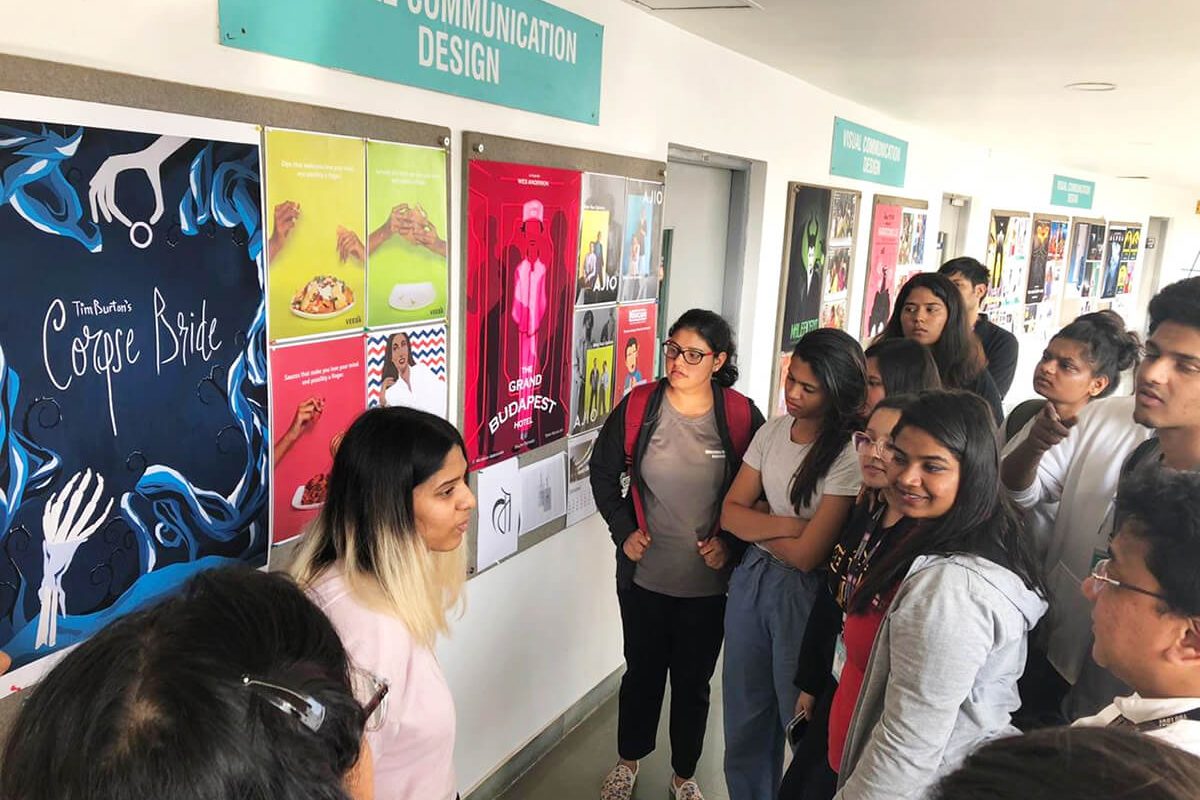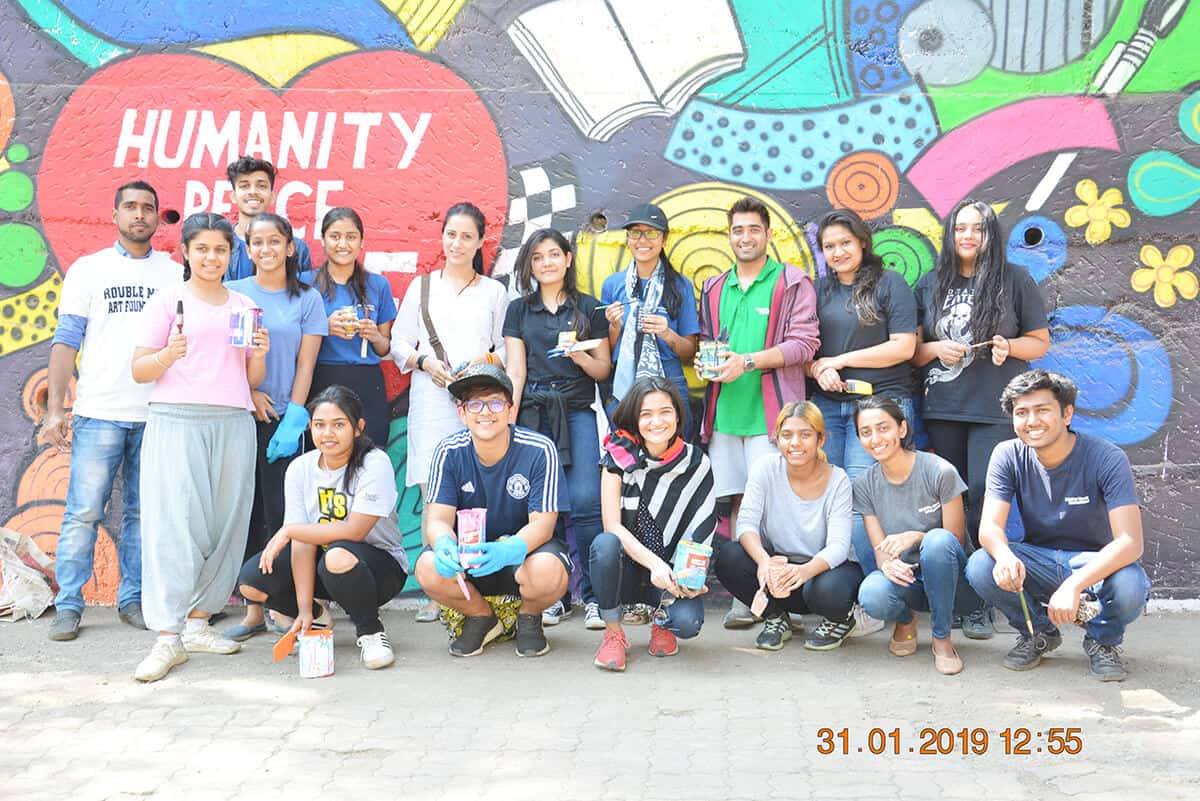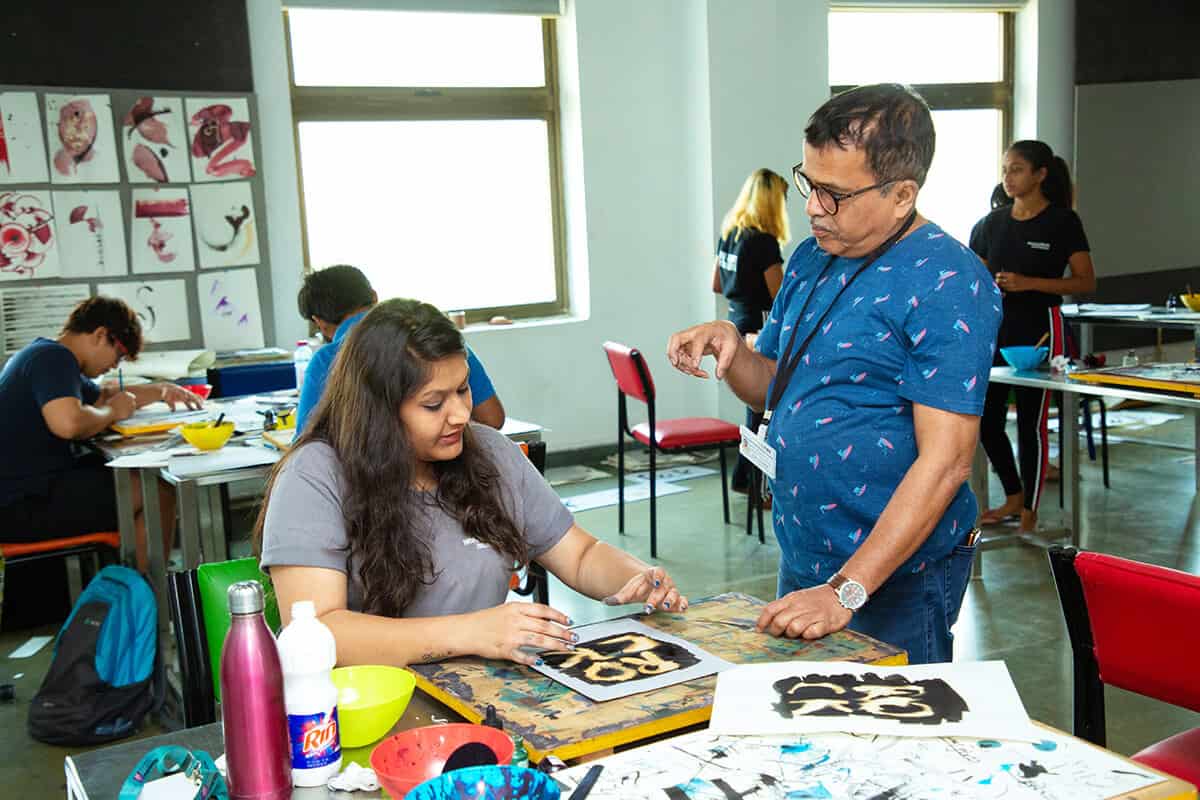
Whistling Woods International launched the SCHOOL OF DESIGN in 2017.
About School of Design:
At the heart of our Visual Communication Design (VCD) programme within the Whistling Woods International School of Design, you’ll find a cadre of top-tier visual design professionals and educators. With extensive experience both nationally and globally, our dedicated faculty not only mentor and shape students into exceptional visual communication designers but also guide them in building valuable professional networks and forging successful careers. In essence, they become lifelong mentors to the students and graduates of the visual communication course.
We take immense pride in the fact that many of our students secure job offers even before completing their programme—a testament to the high-quality professional education that our design institute in Mumbai prioritises.
In the classrooms and workshops, the enthusiasm for teaching and learning, as well as the mutual journey towards cutting-edge visual and graphic design excellence, is palpable. This shared joy unites us in our relentless pursuit of design innovation as we offer one of the best design courses in our design college in India.
Our school of design is accredited by the esteemed Tata Institute of Social Sciences (TISS).
Department Overview
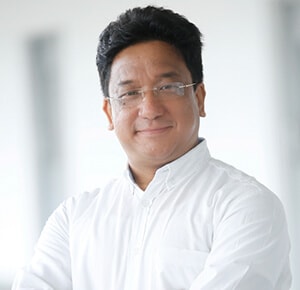
Milindo Taid
Head of Department
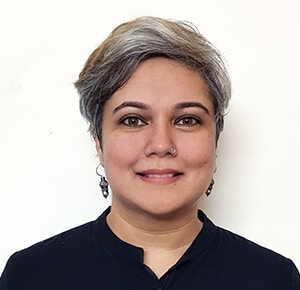
Devyani Arya
Faculty
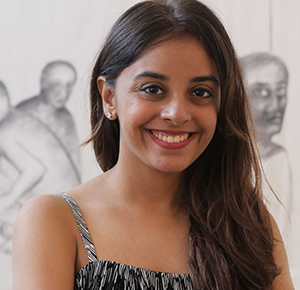
Prachee Batra
Faculty
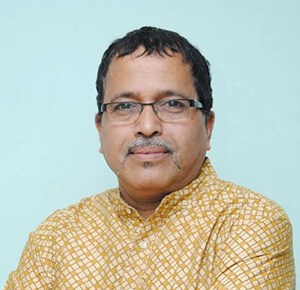
Achyut Palav
Visiting Faculty
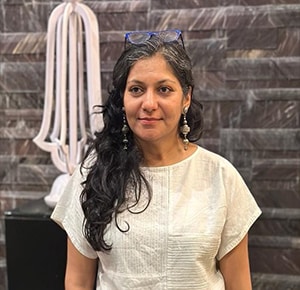
Alpi Jain
Visiting Faculty

Anirban Dutta Gupta
Visiting Faculty

Caran Thammaiah
Visiting Faculty
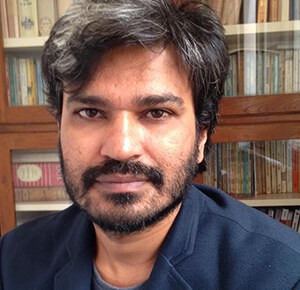
Chaitanya Modak
Visiting Faculty
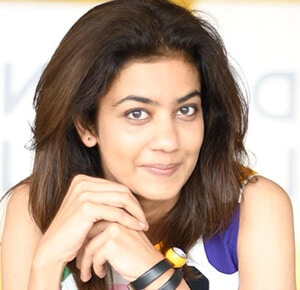
Darshan Gandhi
Visiting Faculty
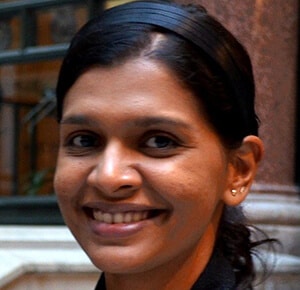
Dhriti Dhaundiyal
Visiting Faculty

Himanshu Agrawal
Visiting Faculty
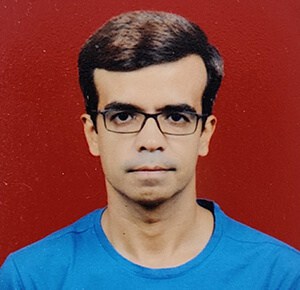
Kartik Mistry
Visiting Faculty
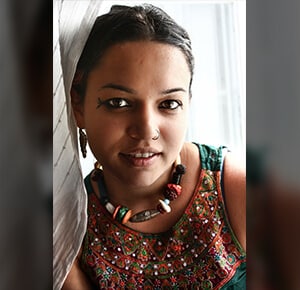
Kruti Saraiya
Visiting Faculty

Lavanya Asthana
Visiting Faculty
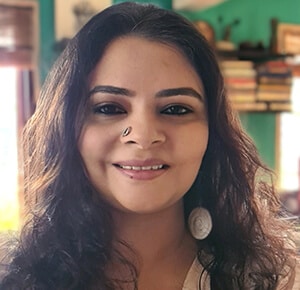
Neha Ramaiya
Visiting Faculty

Nivedita Deshmukh
Visiting Faculty

Noopur Datye
Visiting Faculty

Nupur Bhargava Kewalya
Visiting Faculty
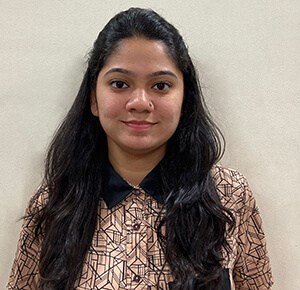
Pooja Shinde
Visiting Faculty
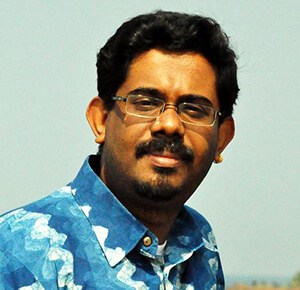
Priyankar Gupta
Visiting Faculty
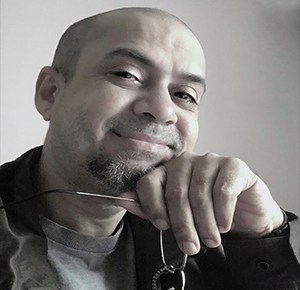
Prosenjit Ganguly
Visiting Faculty

Rajesh Thakare
Visiting Faculty
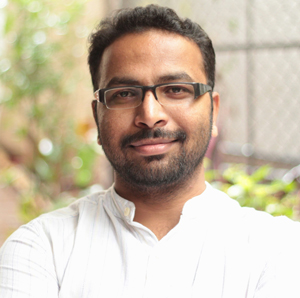
Raju Hittalamani
Visiting Faculty

Akshaya Thombre
Visiting Faculty

Rituparna Sarkar
Visiting Faculty

Rohit Goyal
Visiting Faculty
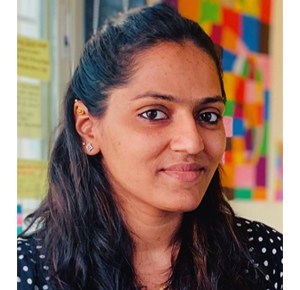
Samidha Gunjal
Visiting Faculty

Sheroy Katila
Visiting Faculty
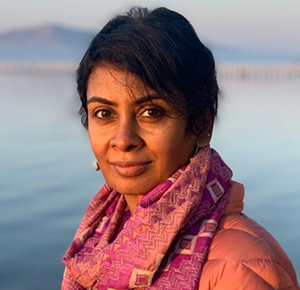
Swati Chandak Sharma
Visiting Faculty
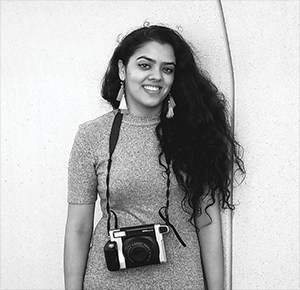
Tripti Sahni
Visiting Faculty

Upasana Nattoji Roy
Visiting Faculty
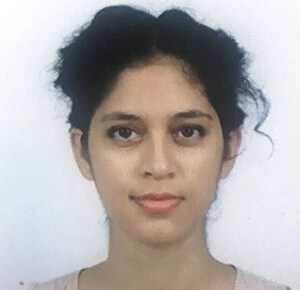
Vandana Dedhwal
Visiting Faculty

Vinay Goenka
Visiting Faculty

Perrine Rousselet
Visiting Faculty

Wasim Saiyed
Visiting Faculty

Abhijeet Kini
Visiting Faculty

Kailash Malviya
Visiting Faculty
Alumni Speak

Rajit Venkatesh
Assistant Manager, Brand Design – Godrej Consumer Products Limited

Aahaana Tanejaa
Assistant Manager Design – Godrej Consumer Products Limited

Aanandi Basu
Creative Designer – FlytBase

Raj Menon
Content Developer – Aura Fine Jewellery

Jhinal Shah
Visualizer – Performics india

Visha Agrawal
Visualizer – Performics india
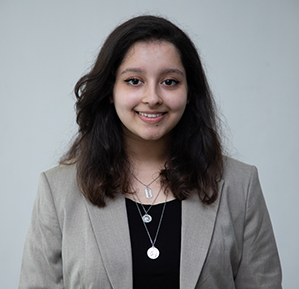
Devika Kulkarni

Prakash Tuli
Associate Manager UX – GP Worldwide

Ujjawal Aggarwal
Designer at Itu Chaudhuri Design

Bhavish Shah
Freelance Brand Designer & Design Consultant
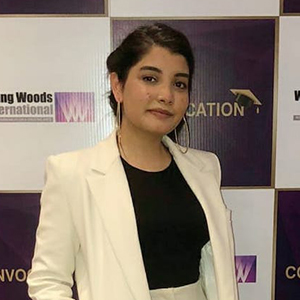
Srishti Rajput
Graphic Designer – Skechers South Asia Pvt. Ltd
FAQs
What does the Visual Communication Design programme comprise of? / What are the topics covered in the Visual Communication Design programme?
The programme emphasizes on students undergoing fundamental design foundation inputs in the first year, followed by intensive project-based semesters that culminate in semester eight, as a major, live, professional visual communication design project, undertaken under standard industry conditions. Apart from the core of Graphic Design/Visual Design, the BDes programme also allows students to opt for electives in the areas of Motion Design, Interaction Design and Spatial/Environmental Design. It is a well conceived, comprehensive and rigorous curriculum that has produced successful visual/graphic designers for the industry.
What accreditation does the WWI School of Design have?
Whistling Woods International is approved by UGC, and recognised by AICTE. Furthermore, all programmes offered are under an agreement with Tata Institute of Social Sciences (TISS).
What are the admission requirements for the Visual Communication Design programme?
The Eligibility Criteria: 10+2, IBDP or equivalent from any recognized Board.
What are the career opportunities in Visual Communication Design after graduation?
Graphic Design, Advertising, Web/Digital Design, Print, Publishing, Marketing and Branding, Corporate Communications, Design Research, Social Communications, Interaction/UI/UX Design, Information Design, Motion Design and Spatial/Environmental Design, Multidisciplinary design. Opportunities for meaningful communication design intervention roles may be found nationally and internationally, with design studios, design departments of companies, design-led firms and companies, advertising agencies, marketing departments and firms, communications departments, research organizations, and government and non-governmental organizations.
Why should I choose WWI to study Visual Communication Design?
The faculty teaching in the Visual Communication Design (VCD) programme at the Whistling Woods International School of Design, are top rung visual design professionals and educators, with a wide array of industry and academic experience nationally and globally. These committed design professionals and educators not only mentor and guide the students to be top notch visual communication designers, but also help them further their career goals by guiding them through professional networks and workspaces. In a manner, they remain mentors for life.
We take pride in the fact that the first few batches of students who have graduated from the programme have been offered jobs even before they graduate – a testimony to the high quality of professional education that the WWI School of Visual Design focuses on, made possible largely by the excellent and committed teaching faculty. The academic and professional credentials of the faculty are impeccable, drawn as they are from the most prestigious design schools in India and abroad – the NID (Ahmedabad, India) and RCA (London, UK,) to name a few.

